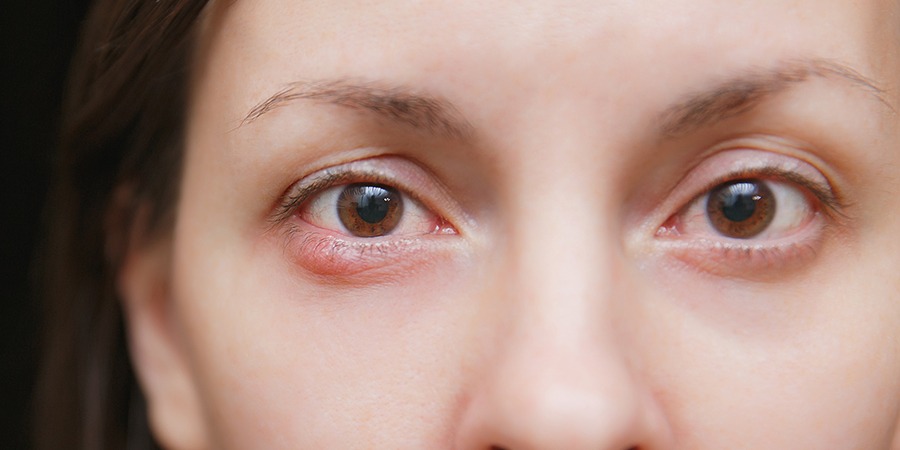
Nội dung bài viết / Table of Contents
This post is also available in: Tiếng Việt (Vietnamese)

A chalazion, also known as a meibomian cyst or tarsal cyst, is a swollen lump that forms on your eyelid as a result of a blockage or swelling of the oil gland. Many people confuse a chalazion with a stye.
The difference is that a stye is caused by an infection and is usually more painful. A chalazion is less painful and appears as a small and fluid-filled lump, ranging from 2 to 8 mm in size. It commonly appears on the upper eyelid and can affect both eyes.
A chalazion is common and is easily treated. It can affect both adults and children. Most commonly a chalazion affects more adults who are between 30 to 50 years of age. You may be more at risk if you have chronic blepharitis (inflammation of the eyelids), acne rosacea or seborrhea (active oil glands).
The most common signs and symptoms of a chalazion include:
There may be other symptoms and signs are not mentioned. If you have any concerns, talk to your doctor for more information. Do not attempt to squeeze or drain the chalazion yourself.
You should see your doctor when your symptoms worsen or you chalazion does not disappear. Sometimes the chalazion can be large enough to cause pressure on your eye. This can result in blurry vision. When your vision is impaired, it is important to get medical attention immediately.
A chalazion is caused by the blockage of oil glands in your eyelids. Normally, these oil glands produce oil to lubricate your eyes. When these oil glands are blocked, fluid builds up inside your eye and cannot drain properly. This causes a fluid filled lump to form, resulting in a chalazion.
When you have a stye, most often a chalazion can follow. This is also true when you have an eye condition called blepharitis (inflammation of the eyelid) or skin conditions such as eczema or acne rosacea.
There are many risk factors for chalazion, such as:
The information provided is not a substitute for any medical advice. ALWAYS consult with your doctor for more information.
Your doctor will need to proper diagnosis your chalazion before any treatment. In most cases, your doctor will review your medical history and examine your eye.
During the eye examination, your doctor will look at the lid structure, skin texture and eyelash appearance. Your vision will also be tested.
A chalazion usually does not need treatment and can resolve on its own in a few weeks. Treatment is usually used to relieve symptoms. When the swelling is causing discomfort, you can apply a warm compress to the eyelid for 10-15 minutes for about 4 to 6 times a day. You can repeat this for several days until you find relief. The warm compress works by softening the hardened oil in the eyelid.
Another method that can help is gently massaging your eyelids to promote eye drainage. Make sure to clean your hands before massaging your eyelids. It is also important to keep the eye clean. You can do this by using a warm cloth with mild soap and wipe your eyes two times a day.
Your doctor may prescribe eye drops that contain corticosteroids and possibly antibiotics. This can help manage the swelling and treat any possible infection.
For more severe cases, surgery may be the only option. Surgery is needed when the chalazion keeps growing to block your vision, which can lead to astigmatism (an abnormal curving of the cornea).
Read more post: Fibrocystic breast
What are some lifestyle changes or home remedies that can help me manage chalazion?
The following lifestyles and home remedies might help you cope with chalazion:
If you have any questions, please consult with your doctor to better understand the best solution for you.
Sources: